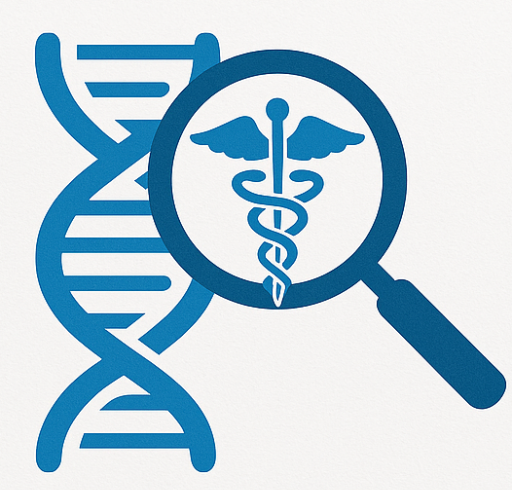🔍 What is RB1?
RB1 (Retinoblastoma 1) encodes the retinoblastoma protein (pRB) — a tumor suppressor that acts as a brake on the cell cycle. It regulates the G1-to-S phase transition by binding and inhibiting E2F transcription factors, which drive expression of genes required for DNA synthesis.
🧠 Key Function
In its active, hypophosphorylated form, pRB:
- Binds E2F → prevents transcription of S-phase genes
- Halts cell cycle progression
- Allows time for DNA repair or response to cellular stress
When phosphorylated by CDK4/6, pRB releases E2F → cells proceed to S-phase.
📊 Prevalence in Cancer
| Cancer Type | RB1 Alterations |
|---|---|
| Retinoblastoma | ~100% (germline + somatic) |
| Small cell lung cancer (SCLC) | ~90% (biallelic loss) |
| Osteosarcoma | ~60–70% |
| Triple-negative breast cancer | ~20–30% |
| Bladder cancer | ~15–25% |
| Prostate cancer (advanced) | ~15–20% |
| Glioblastoma | ~10–15% |
⚙️ Mechanism: How RB1 Loss Drives Cancer
- Uncontrolled Cell Cycle Entry
- Without functional RB1, E2F is constantly active
- Leads to continuous expression of DNA replication genes
- Drives unchecked cell division
- Genomic Instability
- pRB also contributes to:
- Chromatin structure maintenance
- DNA damage repair
- Loss leads to increased mutation rates and chromosomal abnormalities
- pRB also contributes to:
- Senescence Escape
- Normal pRB function helps trigger cellular senescence in response to stress
- RB1 loss allows cells to bypass this fail-safe
